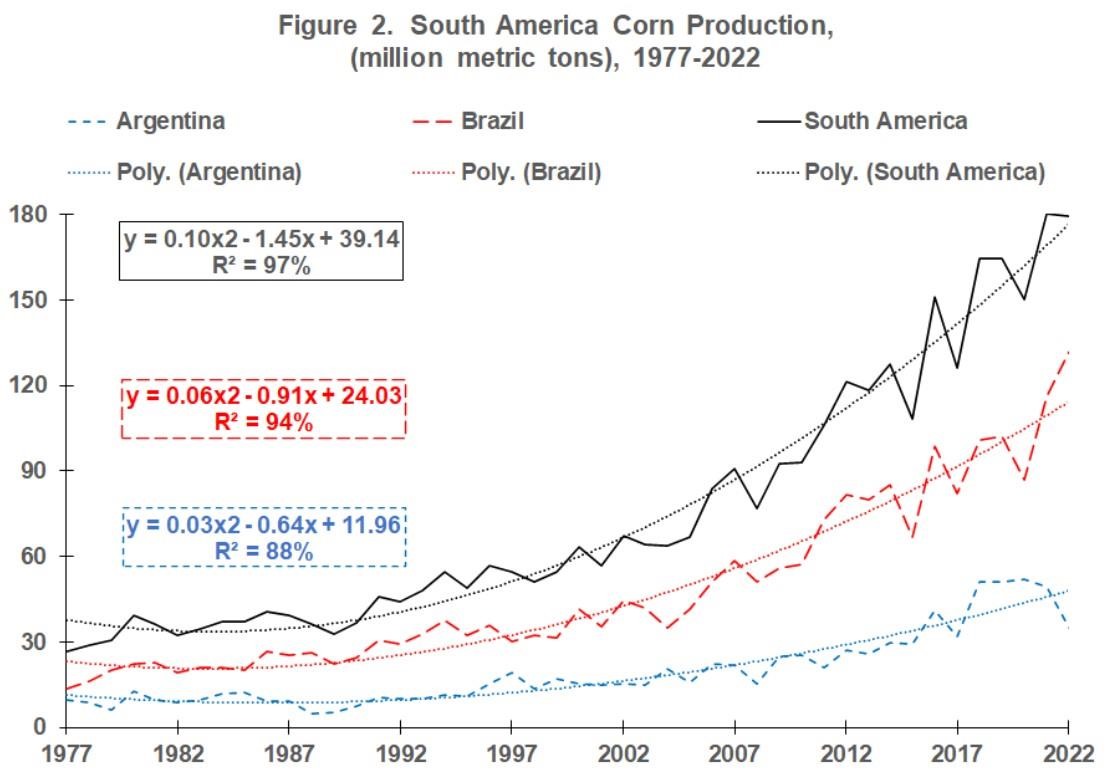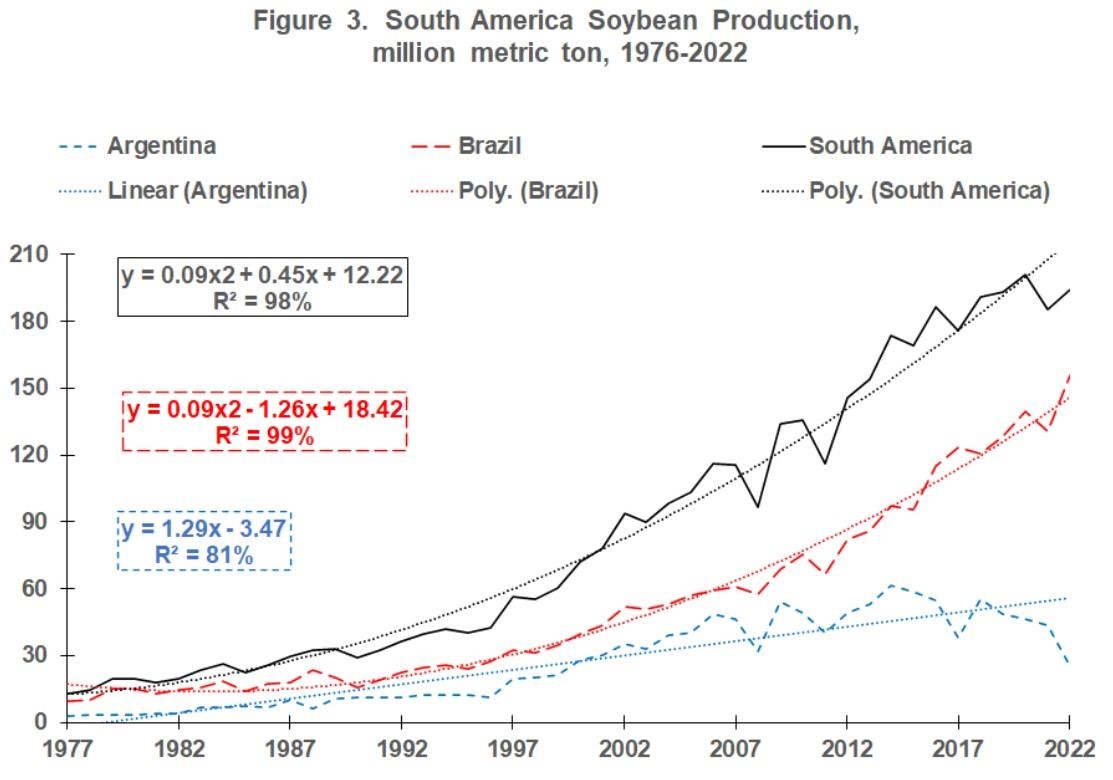By Josh Maples
Increased cull cow slaughter and number of heifers in the feedlot mix have been key factors to watch in 2022. Each have implications for beef production and cattle supplies both this year and moving forward.
Beef cow slaughter has been stronger throughout 2022. During August, beef cow slaughter was up about 9 percent above a year ago which is about 24,000 head higher while dairy cow slaughter was estimated to be down 1,600 head. Year to date, beef cow slaughter is about 13 percent above 2021.

Regionally, cow slaughter in the Southern Plains is much higher than in 2021 where drought has been a major factor. Region 6 consists of Arkansas, Louisiana, New Mexico, Oklahoma, and Texas and beef cow slaughter in this region is about 30 percent higher year-to-date in 2022 than in 2021. That is more than 150,000 head higher than a year ago in this region. These are very high levels of cow slaughter and even surpass the high slaughter totals seen during the 2011 drought.
Heifer slaughter during August is estimated about 10 percent above August 2021. There was one additional business day in August 2022 which accounts for some of the increase. Meanwhile, steer slaughter was less than one percent above August 2021. Heifer dressed weights are up one pound compared to last year while steer weights are even with a year ago.
The increase in heifer slaughter and dressed weights are contributing to higher beef production totals than were previously expected. The projections in the latest World Agricultural Supply and Demand Estimates (WASDE) report are for a slight increase in beef production during 2022 above 2021 which is a shift from the projection at the start of the year of a three percent decline. Higher beef production from heifers is a key driver.
While increased cow and heifer slaughter totals are contributing to higher beef production this year, the longer-run implications are tighter supplies. The higher slaughter totals imply fewer cows and fewer replacement heifers to produce calves. The current WASDE projection for 2023 beef production would be about six percent below the current 2022 projection. Price expectations are reflecting these tighter supplies. Live cattle futures prices for 2023 contract months are currently trading between $155 to $161 while Feeder Cattle futures prices for 2023 contract months are trading between $185 and $200 per cwt. It appears likely that there will be some attractive pricing opportunities for cattle producers.

Source : osu.edu